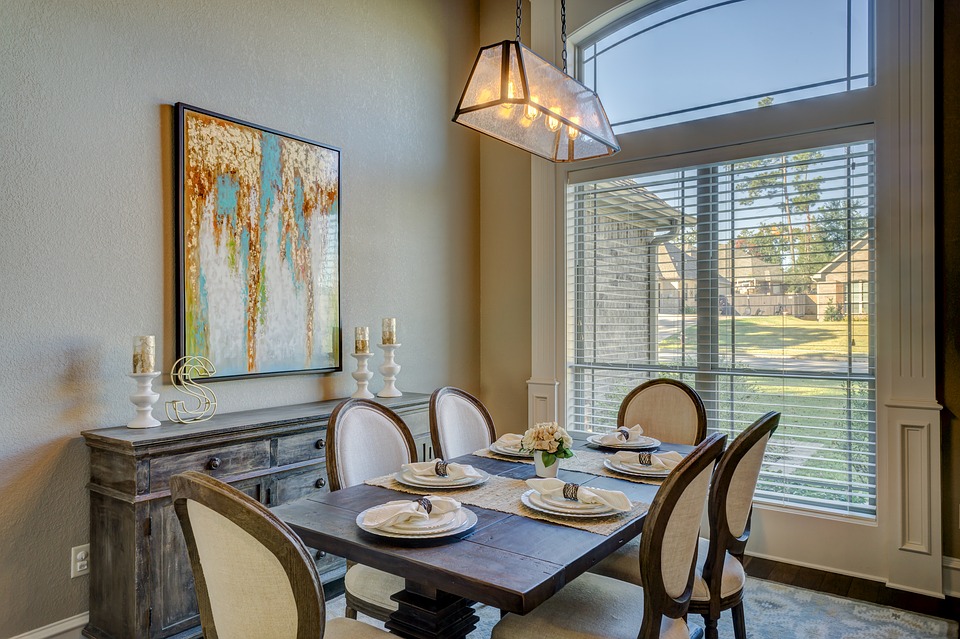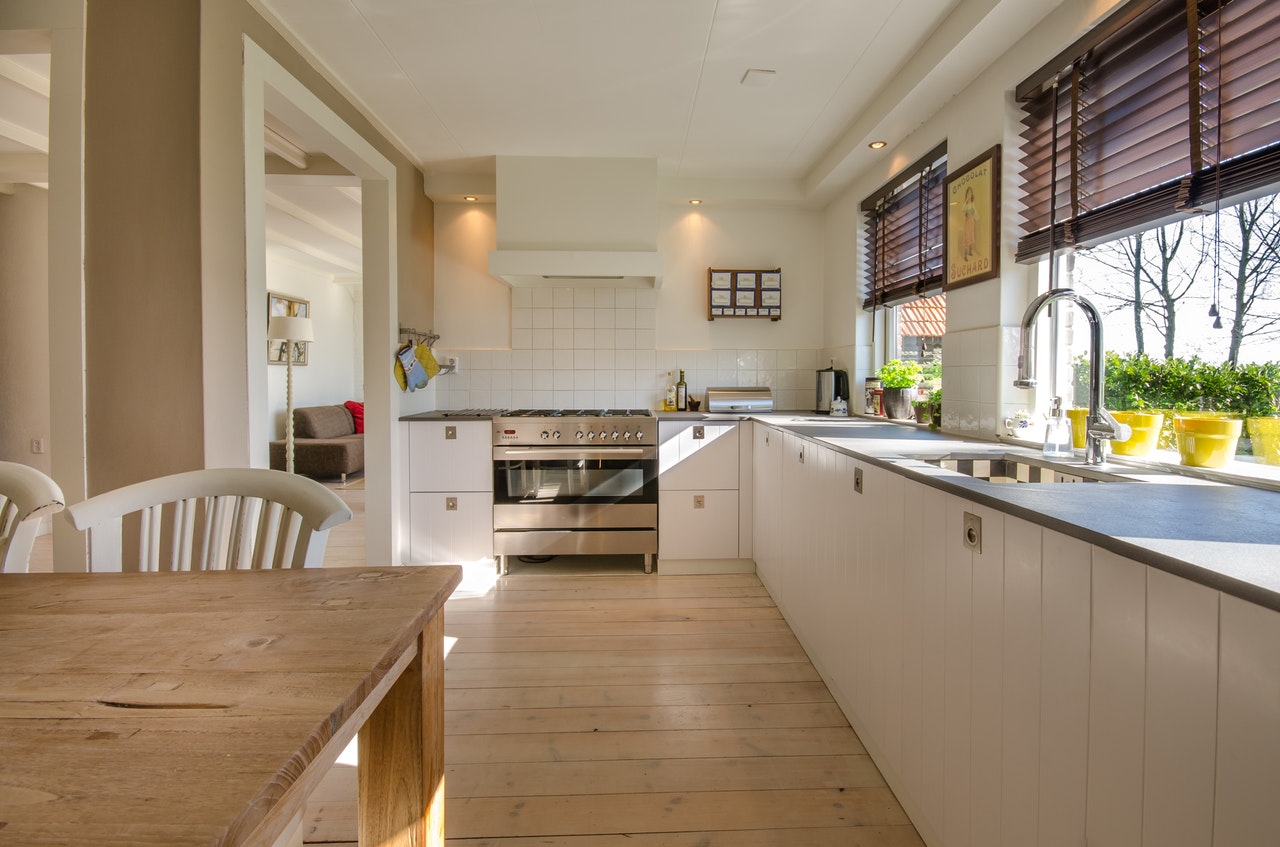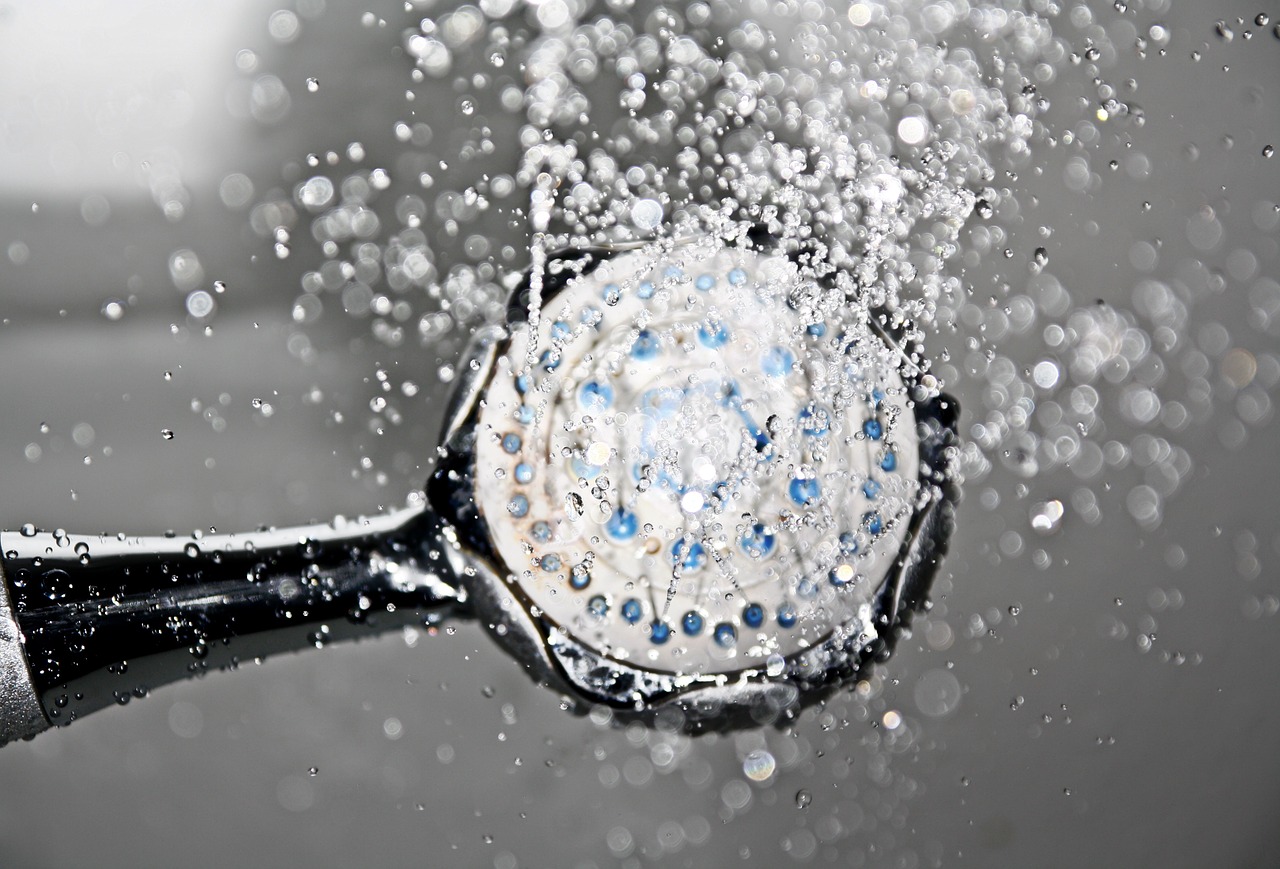
When you are building a new home or remodeling a current one, investing in various energy-efficient solutions is always the smartest way to go. By implementing as much of them as possible, not only will you reduce your overall costs, but also actively participate in preserving our living environment.
If you’re building from the ground up, your options are virtually endless. However, if you’re updating an existing home, you should first conduct an energy audit to determine all the weak points which will help you decide on the level of the upgrades needed.
Here’s a helpful list of things you need to keep in mind if you want to implement an energy-efficient design in your home.

Save energy
Water and energy bills are two of the largest bills you pay each month. Therefore, it’s no wonder that you wish to cut them as much as possible.
Here are a few tips about the best upgrades that are bound to lower your energy bill.
Proper insulation
Even though it might not sound related at first, proper insulation will help you lower your energy bill by reducing the need for turning your AC unit on. If your home is properly insulated, there will be no hot or cold air escaping or entering your home unless you want it to.
Energy-efficient appliances
Every single appliance that’s not working properly can significantly inflate your energy bill because it requires more energy to run. Therefore, replacing your old appliances with new, Energy Star-rated alternatives is the best way to go. Yes, this does require a somewhat bigger investment up front, but it sure pays off in the long run.
Eco-friendly lighting
When it comes to lighting, the best way you can save energy is by using natural light as much as possible. However, when that’s not an option, i.e. during night time, you should go with the eco-friendliest lighting solution, such as replacing all of your old incandescent light bulbs with LED or CFL light bulbs that waste significantly less energy and give off more illumination.

Save water
Doing your best to try and save as much water as possible, or rather to reduce the amount of water you waste in your household is very important since water is an essential – and unfortunately finite – resource.
When talking about reducing the water waste, here’s what you can do.
Inspect your pipes
The first thing you should do is to inspect your pipes for any damage or leaks. If your pipes have seen better days, and especially if there are any leaks happening, they can not only waste a lot of water, but they can also cause some serious damage to your entire property. However, replacing the pipes is not always possible. That’s why, for example, in countries such as Australia, there’s a new solution to this problem. Professional pipe relining in Sydney became an extremely sought-after solution because it’s quick, non-intrusive and, most importantly, very efficient.
Go for low-flow options
Next, to reduce the water waste, you should replace your toilet, shower head and faucets with low-flow alternatives. Installing aerators is also a good option. Thanks to them, your water pressure will seemingly stay the same, but you’ll be wasting significantly less water.
Cut your shower time
Taking long showers is amazing, however, the amount of water wasted is too great to ignore. A 20-minute shower will, of course, waste twice as much water as a 10-minute one, and four times more water than a five-minute shower. And, let’s be real, five minutes is more than enough time to thoroughly wash yourself.
Therefore, when you are building a new home or updating your current one, keep these ideas in mind if you wish to contribute to preserving our planet. By implementing these solutions, not only will you be doing something good for the environment, but also significantly reduce your monthly bills which is something everyone would welcome with open arms.
Guest post by Cooper Klein
About the Author
Cooper Klein is a cool dad in touch with his feminine side. He’s currently working from home as a blogger for several online magazines. You can find him on Twitter.
You may also like
Kitchen Appliances: Taking Energy Efficiency to the Max
Passive Housing: A Smarter Way of Living [Infographic]
How to Maintain an Energy-Efficient Pool
Build an Energy-Efficient Bathroom from the Pipes Up
The Road towards More Sustainable Water Heating
Tips for Superior Energy Efficiency At Home
